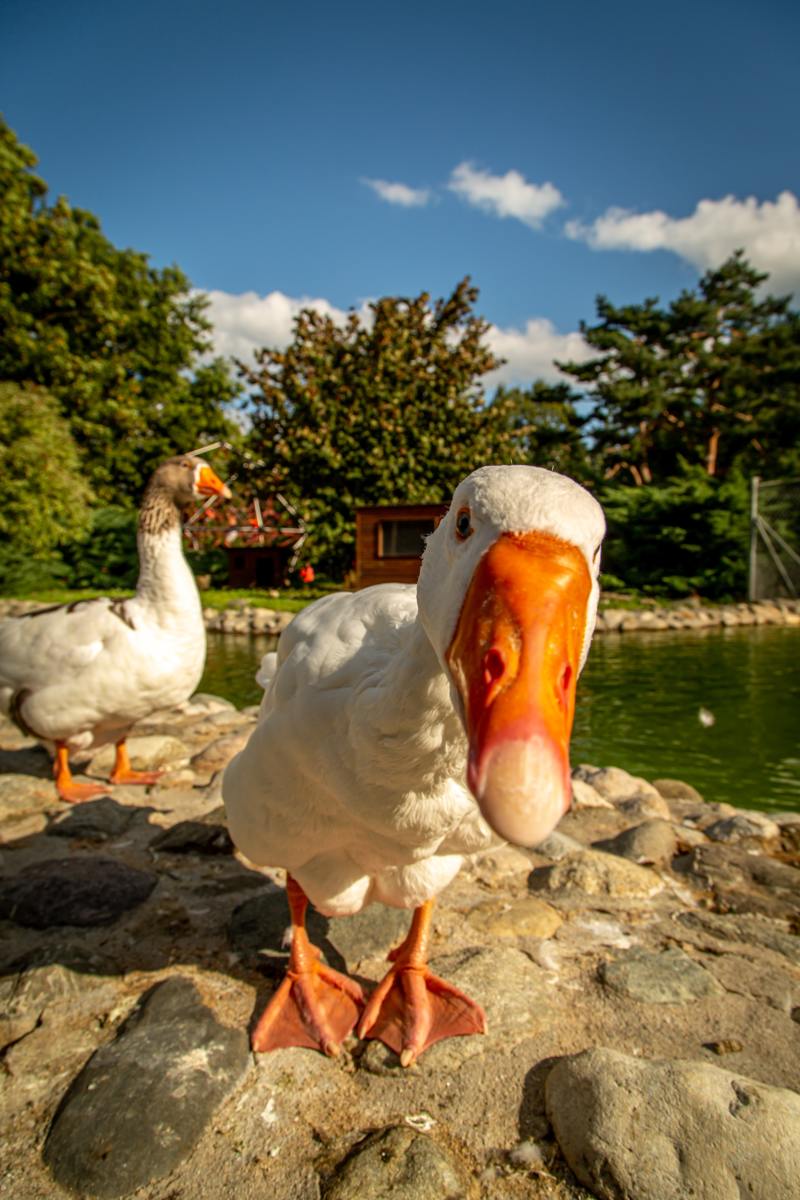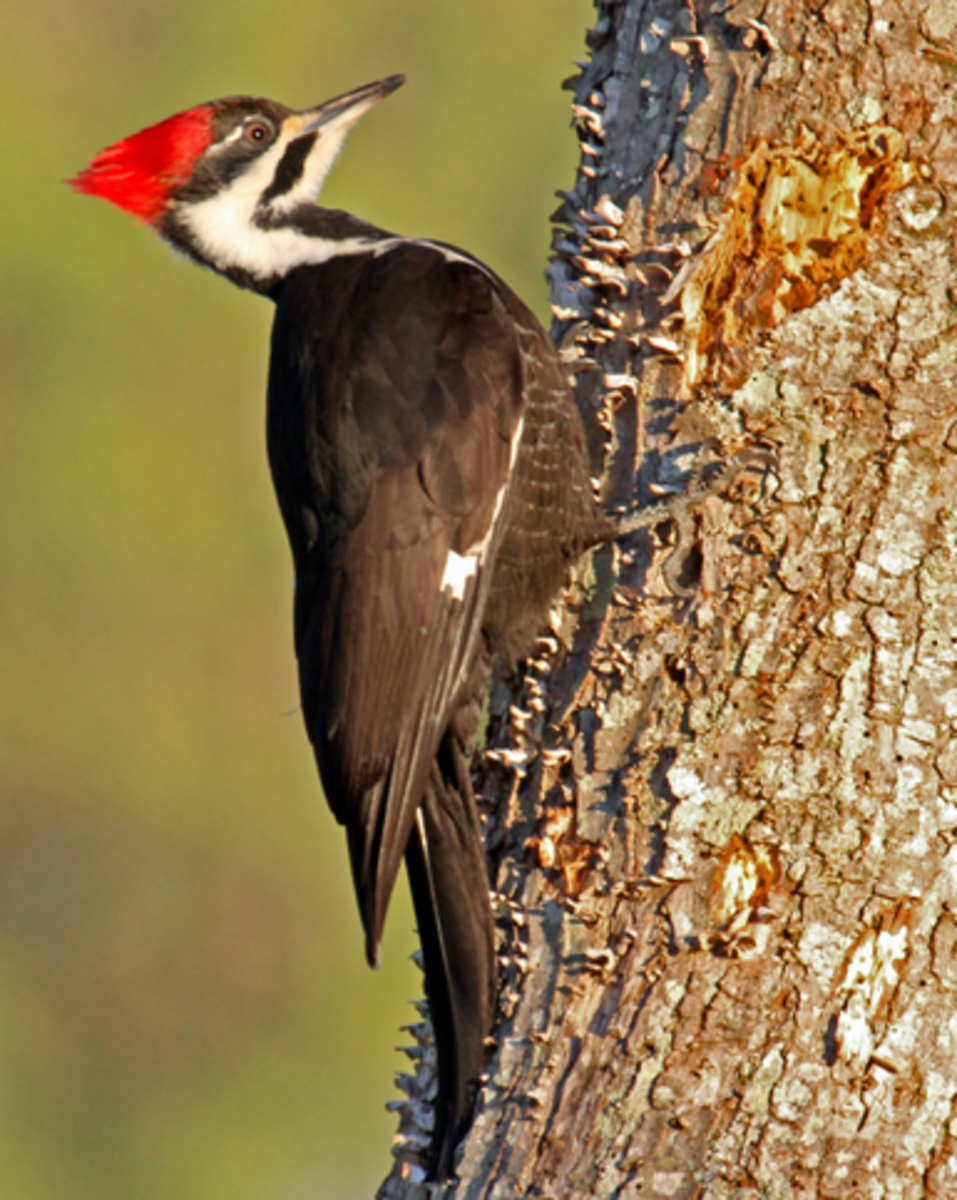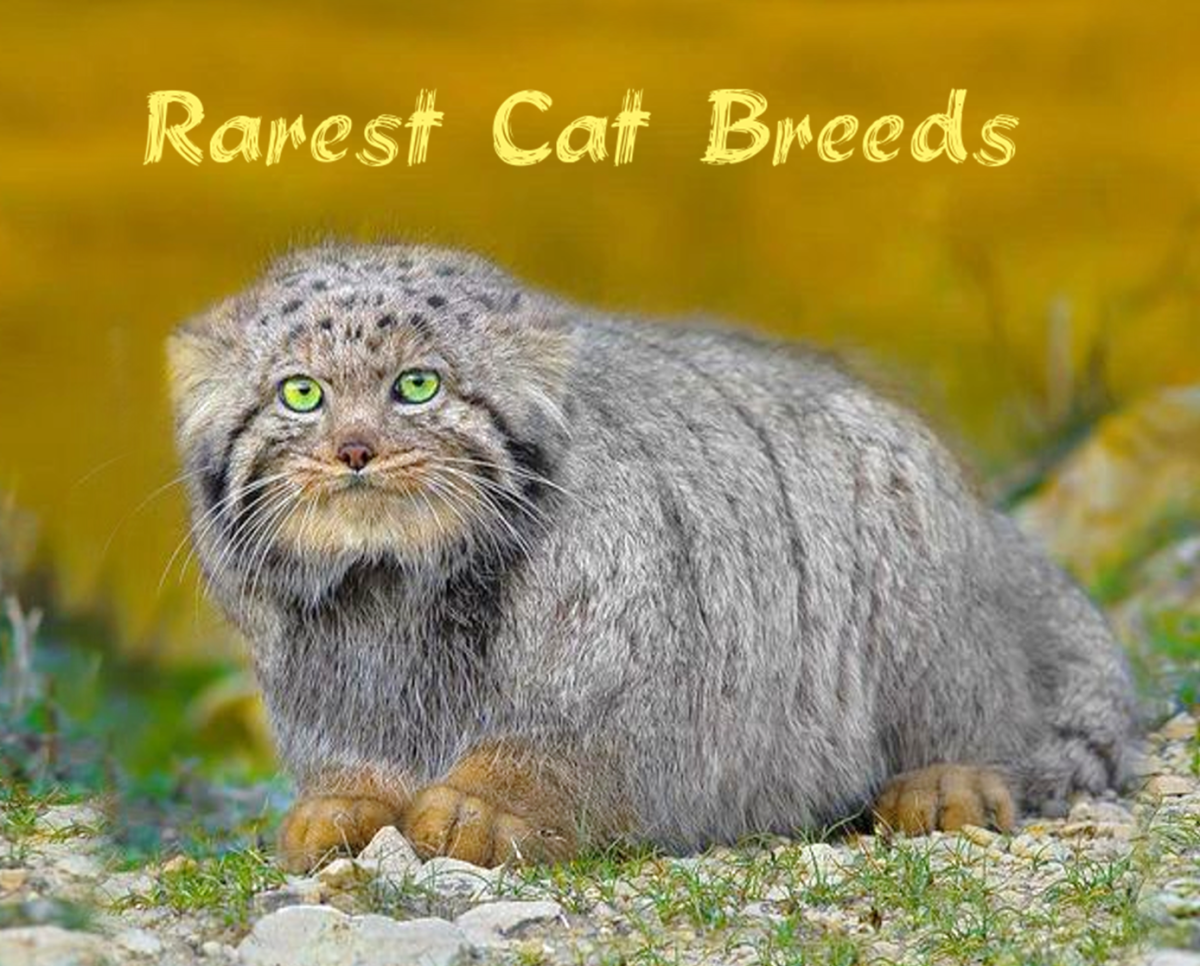Calling Them by Their Names
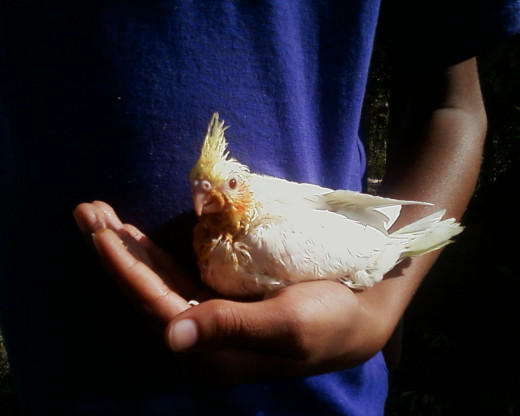
Have you ever been in a position when a name is unknown, or you just can not recall it, even having it on the tip of your tongue? This is the moment when urban words such as: “Watcha ma call it?” or "Thingy ma jig" are expressed. I bet It happens to most of us many times; actually, a friend was carrying a bird and we did not know what to call it. The human male is called man, the female is woman, the young is called baby or toddler and a group are called people. When it comes to some animals, it is not so easy to call them by their names. I decided to search animal characteristics and proper naming.
I think that animal themes are welcome to almost everyone and they are excellent to reinforce skills of communication. Animals are all around us; perhaps you meet one on your vacation trip. Knowing helps wisdom and saves us by gaining information to proceed in many ways. We need to start calling things by their names from A to Z. I will start by sharing some of my search in this Hub.
Animal names
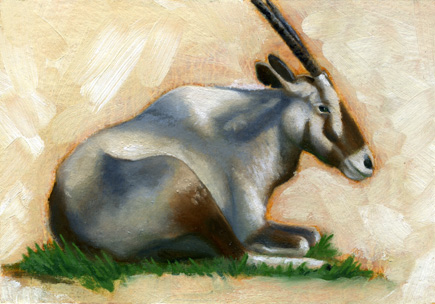
Antelope
An antelope is one of the roughly 100 species found within the Bovidae family. They are closely related to other even toed ungulates such as: cows, sheep, and goats. True antelopes are native to Africa and Asia.
male - buck
female - doe
young - calf
group - herd
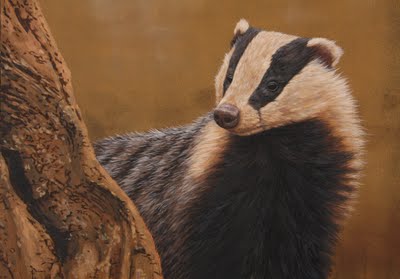
Badger
A badger is a burrowing carnivorous mammal in the family Mustelidae. The creatures are related to weasels and others, among others in this large family. Several different species of badger are found across the Northern hemisphere in diverse environments.
male - boar
female - sow
young - kit or cub
group - cete
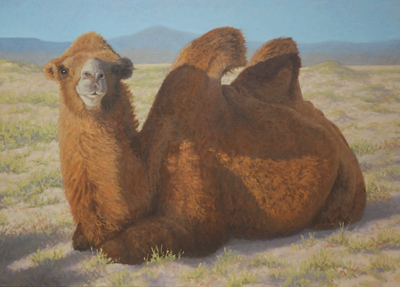
Camel
Camels are known as 'ships of the desert". These mammals live in the desert, prairie and steppe. The dromedary camel has one hump and the Bactrian camel has two. They store fat that becomes a energy source, not water in the hump.
male - bull
female - cow
young - calf
group - flock
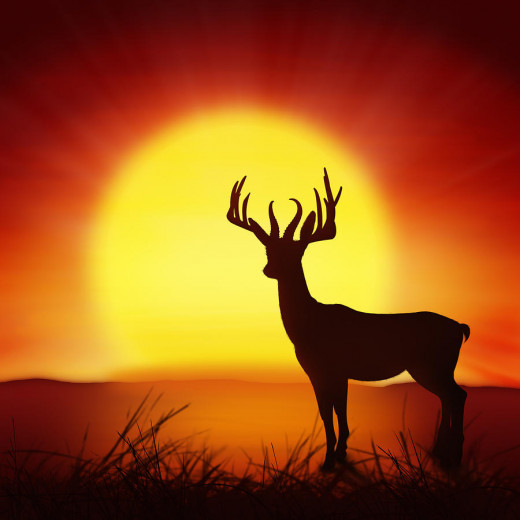
Deer
A deer is a member of the order Artiodactyle, which means that they have hoofs with an even number of toes. Deer can be found around the world. They are native to all continents except Australia and Antarctica. There are about 100 types of deer, including the white tail deer, reindeer, elk, moose, mule deer, black-tail deer and caribou.
male - buck, stag, bull or hart
female - doe, cow or hind
young - fawn or calf
group - herd, mob
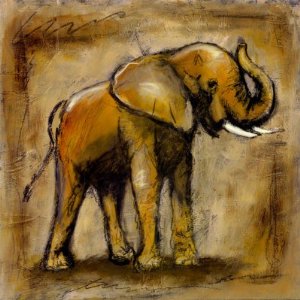
Elephant
Elephants are the largest mammal land animals. There are three species recognized of elephants: African bush, African forest and the Indian or Asian. The muscular trunk serves as a nose, hand, extra foot, signaling device and tool for gathering food, siphoning water, dusting and digging. They can live in nearly any habitat that has adequate quantities of food (grass and browse) and water.
male - bull
female - cow
young - calf
group - herd, parade
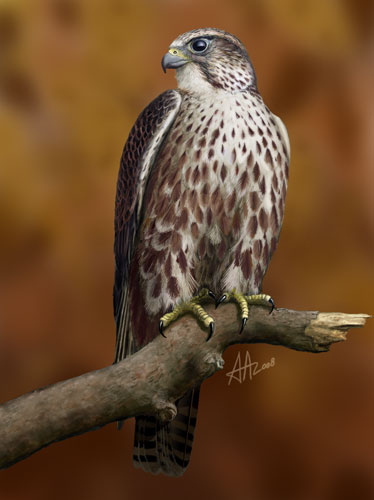
Falcon
Falcons belong to the Falconidae family, recognizing 37 species . They are birds of prey or raptors found everywhere on earth, except in the African rain forests and Antarctica. They feed on insects and small animals, including birds smaller than themselves.
male - tercel
female - falcon
young - chick or eyas
group - battalion or gross
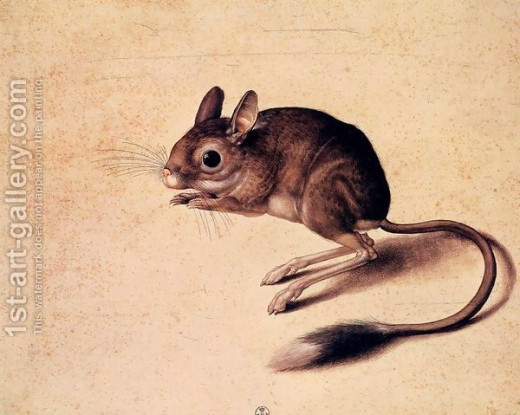
Gerbil
A gerbil, known as "desert rats ", is from the order Rodentia. There are actually 90 species divided in 3 groups: Naked-sole and Southern pygmy (South of the Sahara desert), Northern pygmy (North Africa and the Middle East), and the Jirds (Central Asia). They are fairly small with long furry tails that have a little tuft of fur at the end. In the wild they live in groups.
male - buck
female - doe
young - pup
group - horde
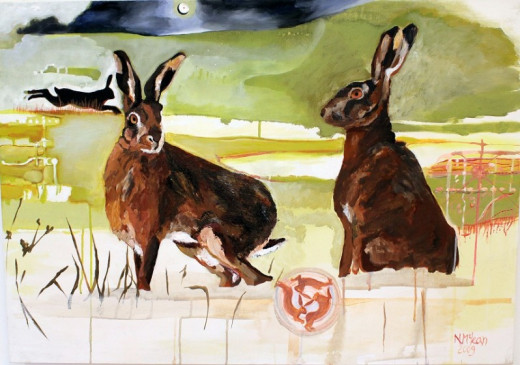
Hare
A hare is a mammal from the leporid family. Some differences between hares and rabbits are: Rabbits are born fur less, hares are born covered with fur. Hares usually have longer ears and longer back legs. Hares are found more in the desert and rabbits are in temperate environment.
male - buck
female - doe
young - leveret
group - dawn, husk, warren
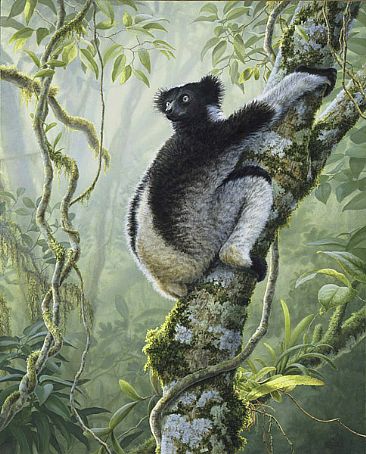
Indris
Indris is the largest lemur known as "babakotos" and it is considered an endangered species. This tree mammal is native to the eastern forest of Madagascar. It produces a loud territorial call heard from over 2 miles (3km) away. It is a vertical clinger and leaper holding it's body upright when traveling through trees or resting in branches. It is covered in soft black and white fur which varies depending on localization (South, more white fur and northern predominantly black). It has bright green/yellow eyes and has almost no tail like other lemurs. Fed mostly of fruits, flowers and leaves.
male - indris
female - indris
young - infant
group - troop
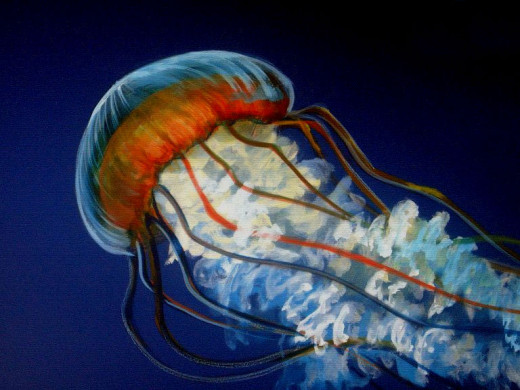
Jellyfish
Jellyfish belong to the Cridaria phylum, which includes other simple bodied marine invertebrates such as sea anemones and corals. There are over 2,000 species of jellyfish. It is not a fish. It has no head, brain, heart, eyes, or ears. Although the jellyfish does not have sensory organs, it possesses tiny simple sensory structures that allow it to respond to other external stimulations like light. Most jellyfish are drifters that feed on living or dead prey: small fish, eggs, zoo plankton and other invertebrates.
male - boar
female - sow
young - planula, polyp, ephyra
group - smack, smuck, smuth, fluther, bloom
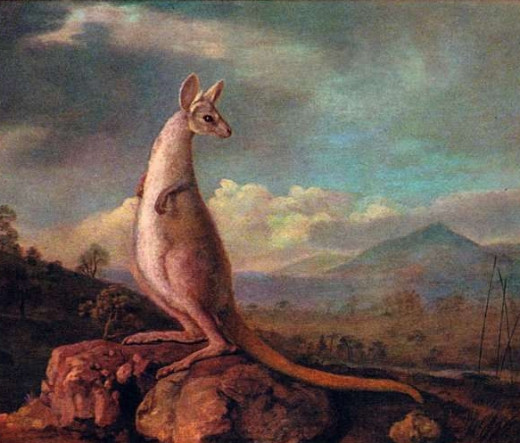
Kangaroo
kangaroos are the largest marsupial mammal from the Macropodidae family. They are found in Australia, Tasmania, and New Guinea. On the Australian coat of arms, the Emu and the Kangaroo were selected as symbols of Australia to represent the country's progress because they are always moving forward and never backwards. They have good eyesight but only respond to moving objects. They have excellent hearing and can swivel their large ears in all directions to pick up sounds.
male - boomer, buck, jack
female - flyer, doe
young - joey
group - mob, troop, court
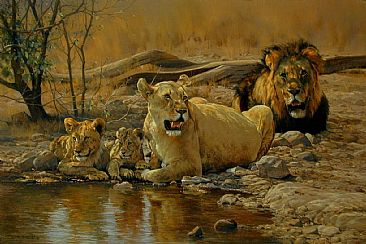
Lion
The lion, known as "king of the jungle", is a predator mammal. It is the second largest big cat, smaller only than the tiger. Lions live in two types of social groups: Resident and Nomadic. They are carnivorous animals found in savannas, grasslands, dense bush and woodlands. Lions may hunt at any time, but they usually will hunt after prey at night.
male - lion
female - lioness
young - cub
group - pride
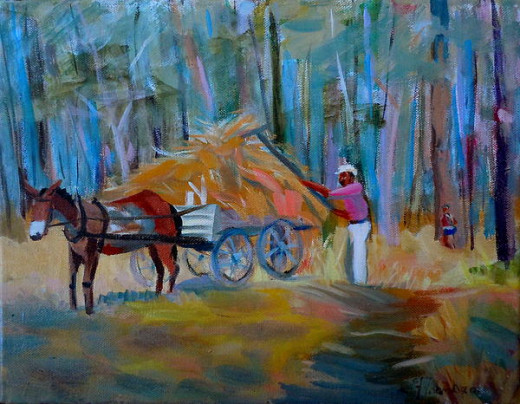
Mule
A mule is a sterile cross between a male donkey, or jack, and a female horse. When a stallion is mated with a female donkey, or jenny, the result is a hinny. Mules have been bred for riding, work, and driving animals because of their intelligence, surefooted and ruggedness. They can work in difficult conditions which could injure horses. They are not as difficult to manage as donkeys. Their diet consists of grass, weeds and vegetables. Mules live in arid forests and deserts.
male - john, horse mule
female - molly, mare mule
young - foal
group - barren, pack, span, rake
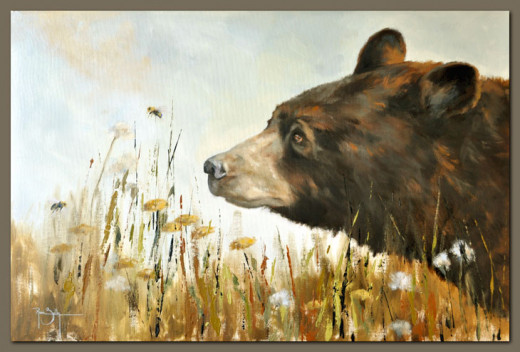
North American Black Bear
The American black bear is one of the more intelligent mammals. They are the smallest of the three bears species distributed throughout North America, from Canada to Mexico and in at least 40 states in the U.S. Some black bears subspecies go by different names: Kermode bear, Cinnamon bear, or Glacier bear, but they are all black. They are considered highly efficient hibernators. Black bears have short, non-retractable claws that give them an excellent ability to climb trees. Black bears are omnivorous: plants, fruits, nuts, insects, honey, salmon, small mammals and carrion. They will occasionally kill young deer or mouse calves.
male - boar
female - sow
young - cub
group - sleuth, sloth
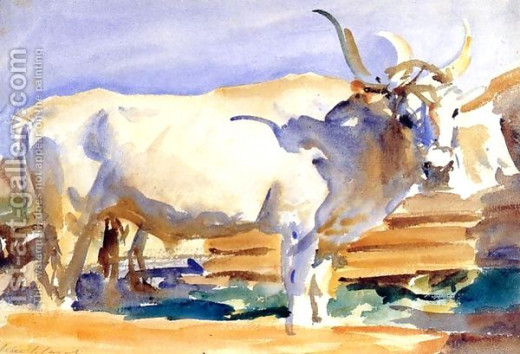
Ox
An ox is an adult male steer of the bovine species used as a draft animal and for food. The plural of ox is oxen. They are usually yoked in pair for heavy work.
male - bull
female - cow
young - calf
group - yoke, team, drove, heard nye
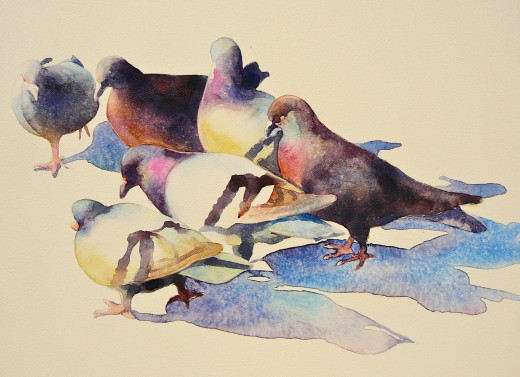
Pigeon
Pigeons are passerine birds in the family Columbidae. They are spread across the world. Doves are actually in the same family. Pigeons have the ability to return to their roost. They are one of the most intelligent bird species. They are used for sport, food, and as messengers. The feral pigeon mates for life and can breed up to 8 times a year in optimum conditions, bringing two young into the world each time. The frequency of breeding is dictated by the abundance of food. The eggs take 18/19 days to hatch with both parents incubating the eggs. Pigeons have side mounted eyes unlike humans and owls which have forward facing eyes; they have monocular vision rather than binocular vision which make them bob their heads for depth of perception.
male - cock
female - hen
young - squab
group - flight, loft, flock, kit
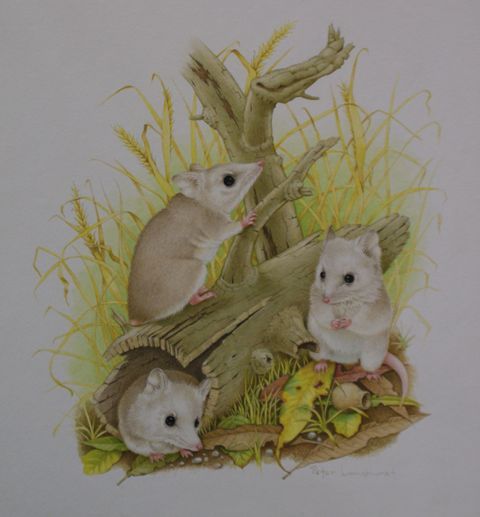
Quoll
A quoll is an endangered (by cane toad, predators, urban development and poison baiting) marsupial native to Australia, New Guinea, and Tasmania; occupying woodland, shrub land and grassy habitats. There are six species and all of them are about the same medium size. Their coats are brown or black spotted with white. The Eastern species is the only one with spots on it's tail. They resemble a possum or coati, not a cat. They are carnivorous.
young - pup
group - colony
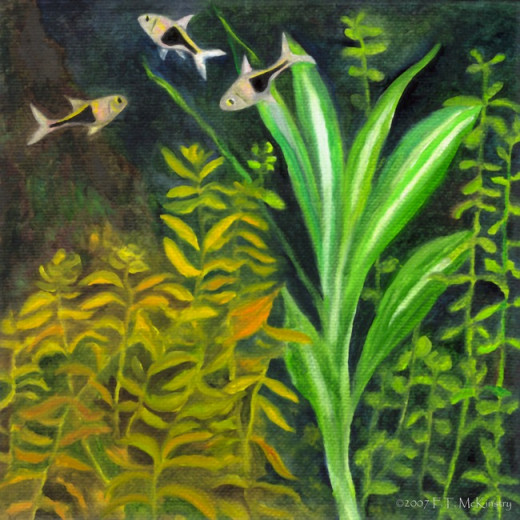
Rasbora
Rasbora is a member of small minnow type fish in the family Cyprinidae. Found in Africa and Southeast Asia from over 70 species. Their peaceful nature makes them a great choice for a community tank and their natural hardness means that they are good pets.
group - school
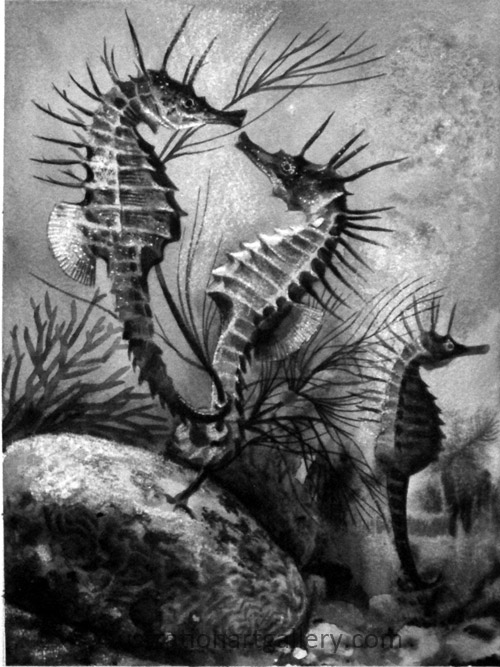
Seahorse
The seahorse (Hippocampus), is a salt animal with about 40 different species. They are found in kelp beds and coral reefs and in most oceans of the world. Unlike other fish, they are monogamous and mate for life. They are among the only species on Earth in which the male bears the unborn young. They come in many sizes from really tiny (half inch) while others up to a foot long.
male - sea-stallion
female - seamare
young - seafoal
group - shoal
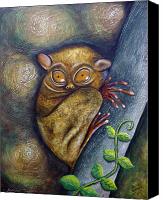
Tarsier
Tarsiers are nocturnal primates of three living species recognized and 12 subspecies. They are chipmunk sized with enormous night adapted eyes and koala like body appearance. Their face resembles that of an owl. They are covered with very soft, velvety fur, which is generally buff, beige, or ocher in color. The head and body together range from 10 to 15 cm in length, followed by a 20 to 25 cm long slender tail.
male - buck
female - doe
young - infant
group - herd, plot, harem, troop
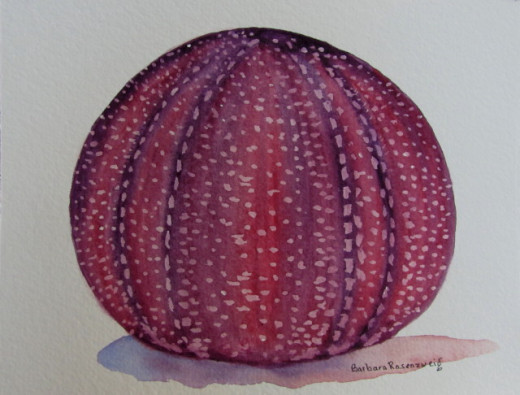
Urchin
An urchin is a small spiny water creature with a spherical shape. There are nearly 200 species that can be found all over the world in different environments (rarely in the poler regions) where they can find sources of algae, sea grass, seaweed and other foods they can consume (they are omnivorous). They hide during the daytime and wander out at night to feed on floating food. Similar to sea stars, urchins have a water vascular system. They are sexually reproducing organisms. The red urchin is one of the longest living creature on earth, with some living more than 200 years.
young - larva
group - raft
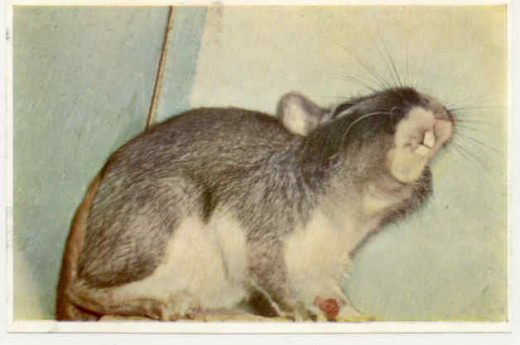
Vizcacha
The vizcacha (or viscacha) is found in South America. It look like a rabbit but it is related to rats. There are five species recognized in the Chinchilla family. These animals have thick fur except on the tail, belly is yellow, the top is gray with a black dorsal line. They are vegetarian, very social, non-aggressive and non-territorial. They are generally diurnal, reaching a peak of high activity in the early morning and late afternoon.They spend the day on perches, grooming and sunning, are agile when moving over rocky surfaces. Their populations are declining due to poaching for their meat and skin in local communities.
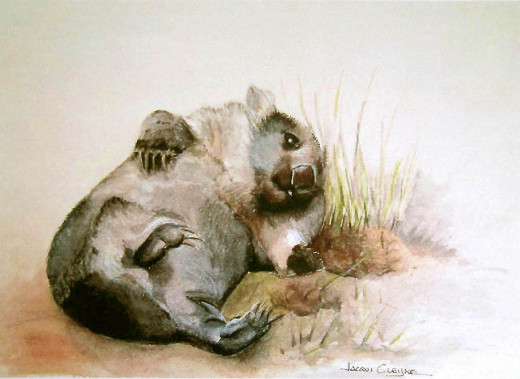
Wombat
A wombat is a large burrowing marsupial, found in Australia and on scattered islands nearby. There are three known species. Their fur may range from cream, grey, brown, or black. If grasped on the back, it will kick backward with both hind feet like a donkey. Wombat life span is 5 to 25 years.
male - jack
female - jill
young - joey
group - mob or colony
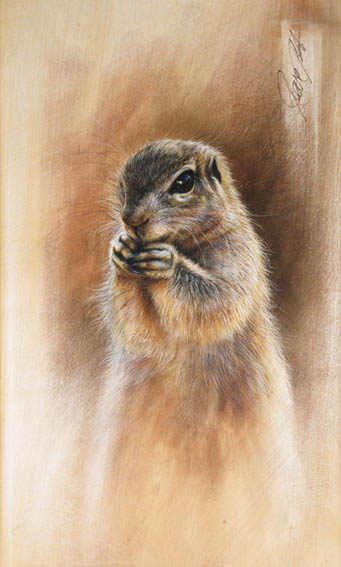
Xerus
Xerus is an African ground squirrel. It has large eyes ringed with white, short ears, a long tail with a white stripe, and hairy body. Colors are various shades of brown; white on the lower limbs, under parts and sides of the neck. The xerus has four digits on the forefeet and five on the hind, all with long, sharp claws for digging.The xerus eat: leaves, grass, stems, bulbs, seeds, roots, and sometimes insects.
group - colony
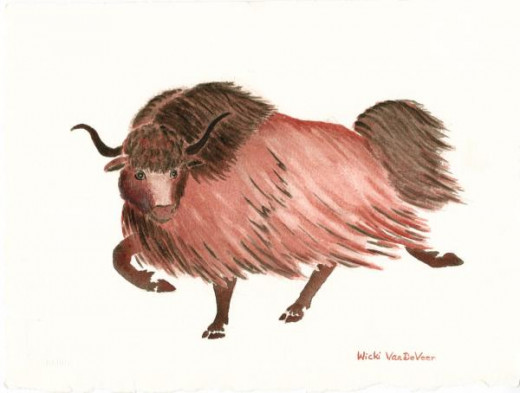
Yak
The yak belongs to the same cow family as the Asian water buffalo, the African buffalo and the American bison. The yak is able to navigate extremely hostile terrain in search of food. There is a large domestic population of yak (for pulling heavy farm machines and transporting large loads through the mountain passes), there are only a few wild yak remaining. The wild yak is at risk due to destruction of habitat, diseases from domestic yaks, and hunting.
male - bull
female - cow
young - calf
group - herd, cabinet
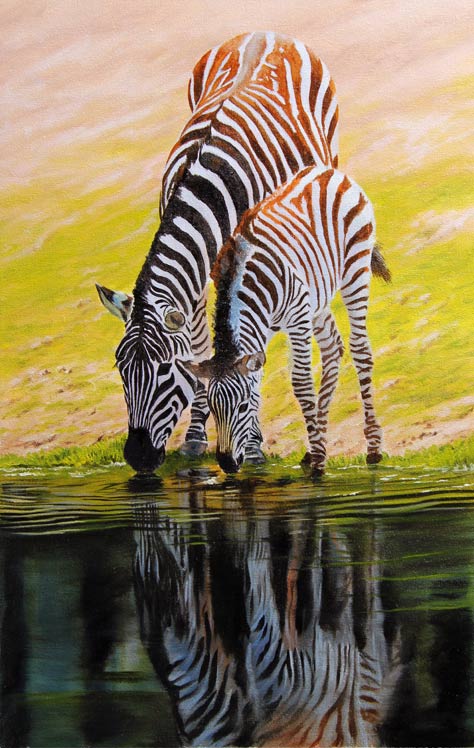
Zebra
Zebras are equids, native to Africa, found in woodlands to open plains. Three species of zebra still occur in Africa. Each animal's stripes are unique as fingerprints, although each species has it's own general pattern. They are long-living animals that move quickly for their large size and have teeth built for grinding and cropping grass. Family groups are stable members maintaining strong bonds over many years.
male - stallion
female - mare
young - foal
group - dazzle, herd
Conclusion
I had fun making this hub because I love animals and I like art. Someone said that "Animals future depends on how well we understand and tolerate them." this information given here is an "incy wincy", but I hope you feel encouraged to seek more about animals and start calling them by their names. There is so much to learn about and from each living creature created by God.
Below is a very interesting link if you find a pigeon. I really would have loved to link more but..."I am not allowed".
Blessings to all!
© Maria Magdalena Ruiz O'Farrill
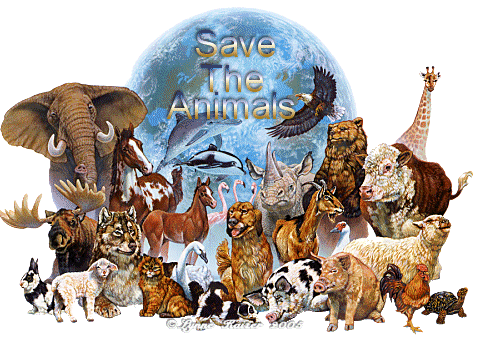
The lion sleeps tonight
© 2012 Maria Magdalena Ruiz O'Farrill





